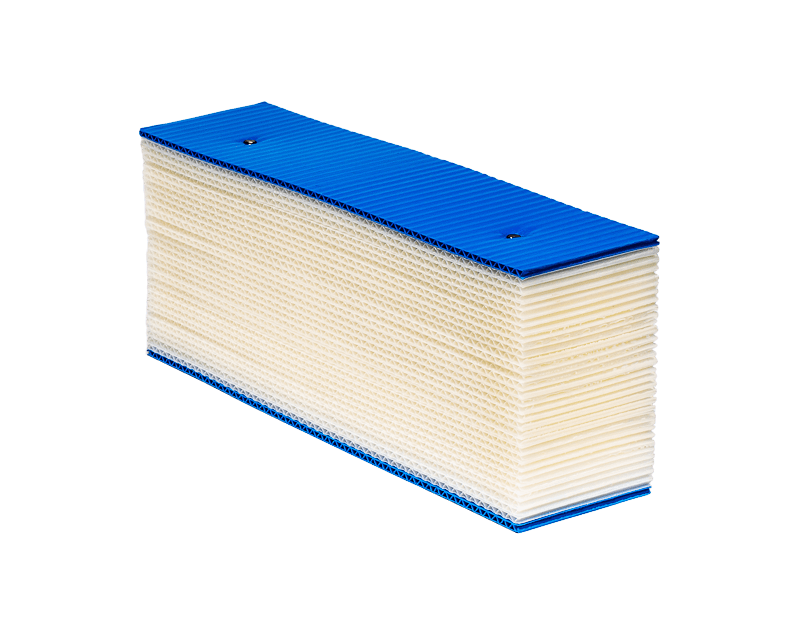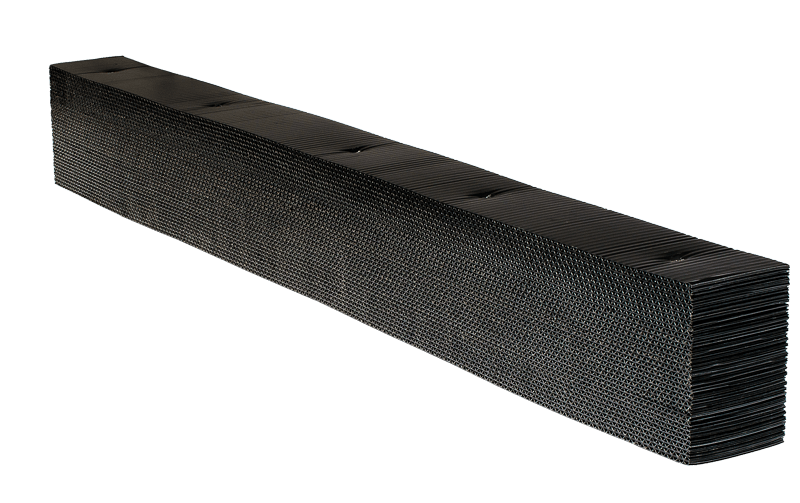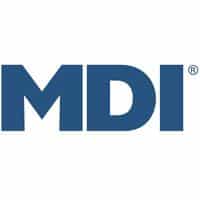Table of Contents
ToggleWater jet cutting is a marvel of modern engineering. By harnessing the immense pressure of water, it offers precise cuts on a multitude of materials. However, for every piece of advanced machinery, there’s an unsung hero that ensures its optimum operation. In the case of water jet cutting, that hero is the WaterJet brick.
The Essence of Water Jet Cutting

Water jet cutting is a technique that uses water, propelled at high pressure, to cut through various materials. From metals like aluminum and cast iron to softer substances, this method provides a clean and accurate cut. But what ensures that the underlying machinery remains protected during this high-powered process? That’s where the role of the WaterJet bricks come into play.
How WaterJet Bricks Work
When you envision water jet cutting, imagine water being ejected at such immense pressure that it can seamlessly slice through robust materials. Now, once the water cuts through, where does it go? Without a proper mechanism in place, this water can damage the cutting table itself.
This is where the WaterJet bricks come to the rescue. Comprising 36 individual pieces of plastic, nailed together, these bricks sit sideways on the water jet table machine. As the water seeps through the materials being cut, the bricks:
- Protect the table: They prevent the high-pressure water stream from deteriorating the table.
- Capture debris: Whatever material is being cut will produce debris. The bricks effectively catch this, preventing it from scattering.
Without these bricks, not only would the cutting tables suffer damage, but the resultant debris could also become hazardous, potentially flying off in various directions.
The Significance of Polyethylene in WaterJet Bricks
Material choice is crucial when creating tools meant to withstand high pressures and potential wear and tear. At MDI, WaterJet bricks are constructed using polyethylene, a decision rooted in its superior durability.
Polyethylene vs. Polypropylene
While both polyethylene and polypropylene are popular choices in various industries, they serve different purposes when it comes to the fabrication of WaterJet bricks:
- Durability: Polyethylene boasts a higher durability compared to polypropylene. In environments where there’s consistent high-pressure water flow, durability becomes paramount.
- Resistance to cracking: Polypropylene, being firmer, has a higher tendency to crack. When crafting something as pivotal as WaterJet bricks, which need to last long durations under strenuous conditions, using polypropylene would result in a shorter lifespan.
MDI’s dedication to quality has made us choose polyethylene for our bricks, giving us an edge in the market, as our products tend to outlast the competition.
Enhance Your Cutting Process With WaterJet Bricks

WaterJet bricks, though unassuming, play a pivotal role in the water jet cutting industry. They ensure that the cutting process is both effective and safe, protecting machinery and controlling debris. With MDI leading the charge with our polyethylene-based bricks, industry professionals can expect a product that not only gets the job done but also lasts longer than its counterparts. Contact MDI today to learn more about WaterJet bricks.
